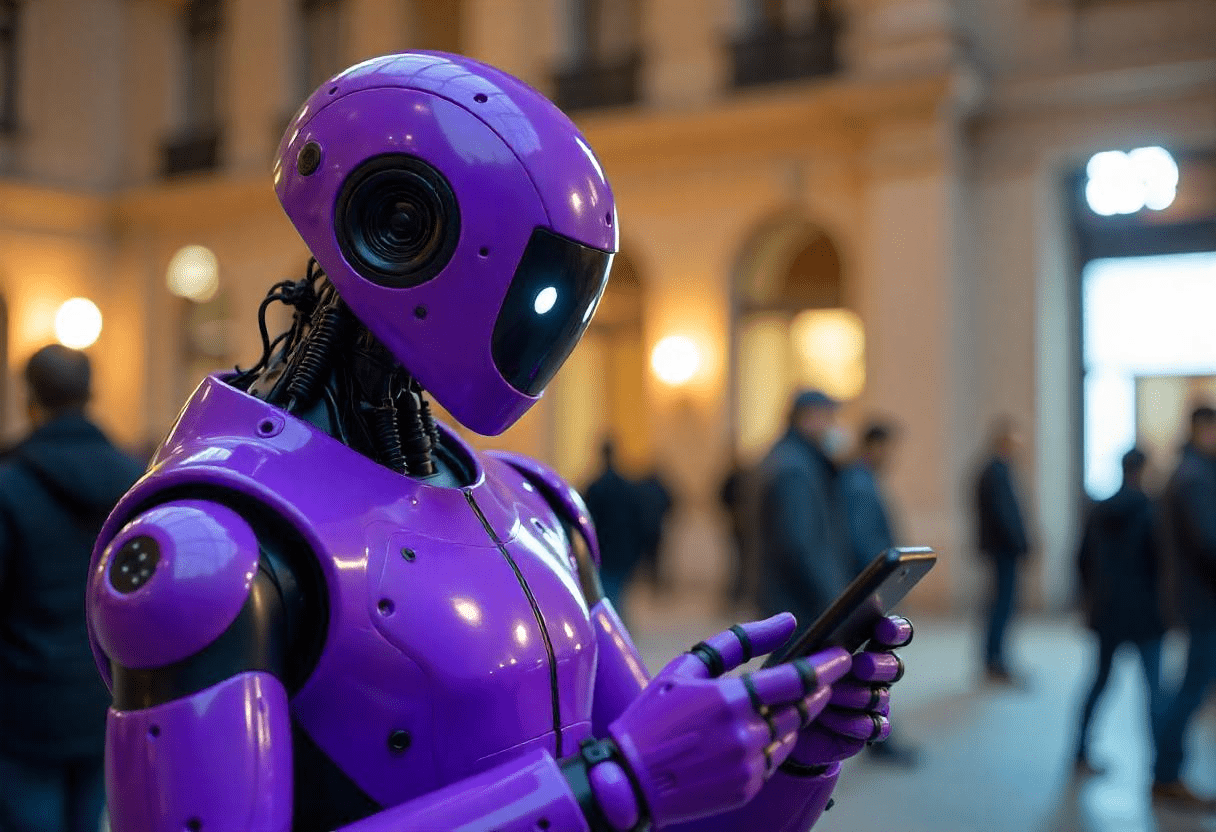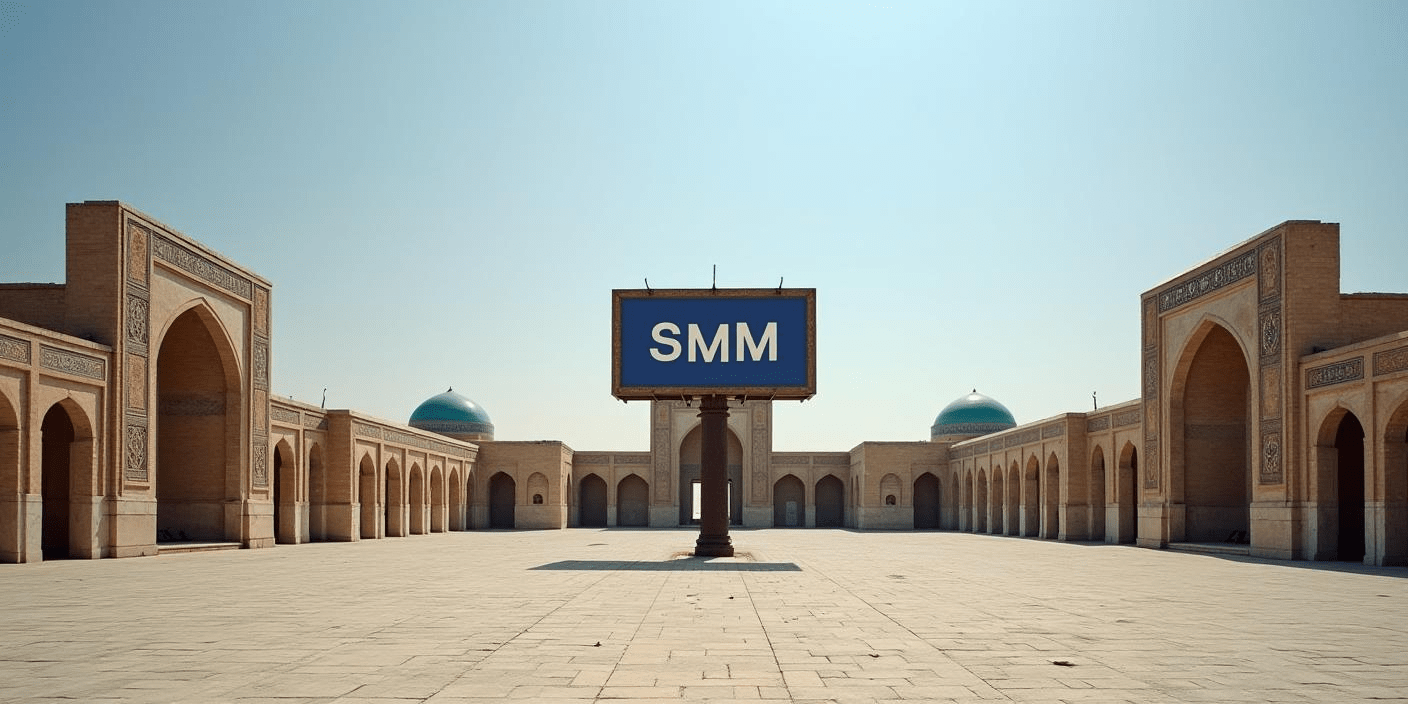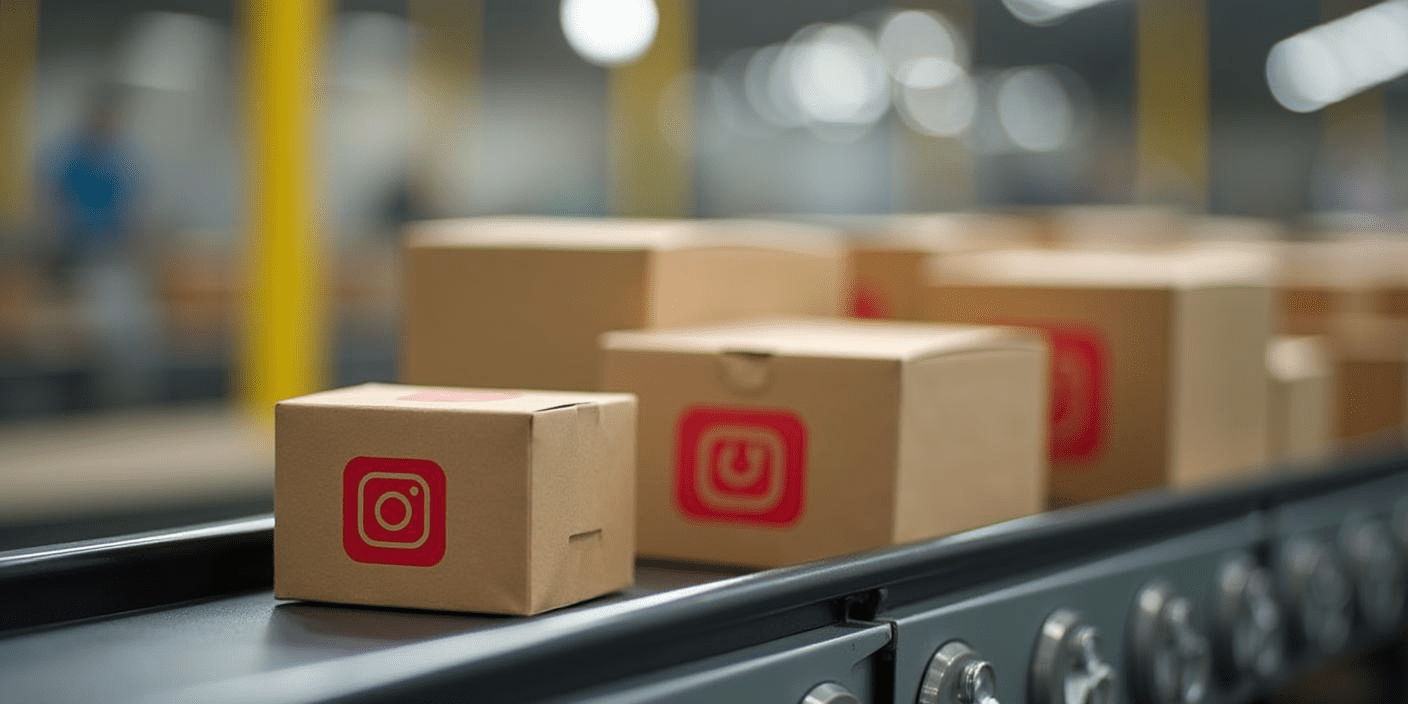Time — this is a fundamental concept that we feel and perceive in everyday life, and because of this, there is such a question as the metaphor of time in advertising. It influences our behavior, priorities, and decisions. Brands actively use the time metaphor in advertising and marketing campaigns to create an emotional connection with consumers, position products, and strengthen your brand. This metaphor can convey both a sense of eternity and transience, and each approach creates unique expectations and associations for the audience. In this article, we will look at how brands use the concept of time to create meaning and how it affects the perception of a product. Let's find out together what the time metaphor is in advertising.
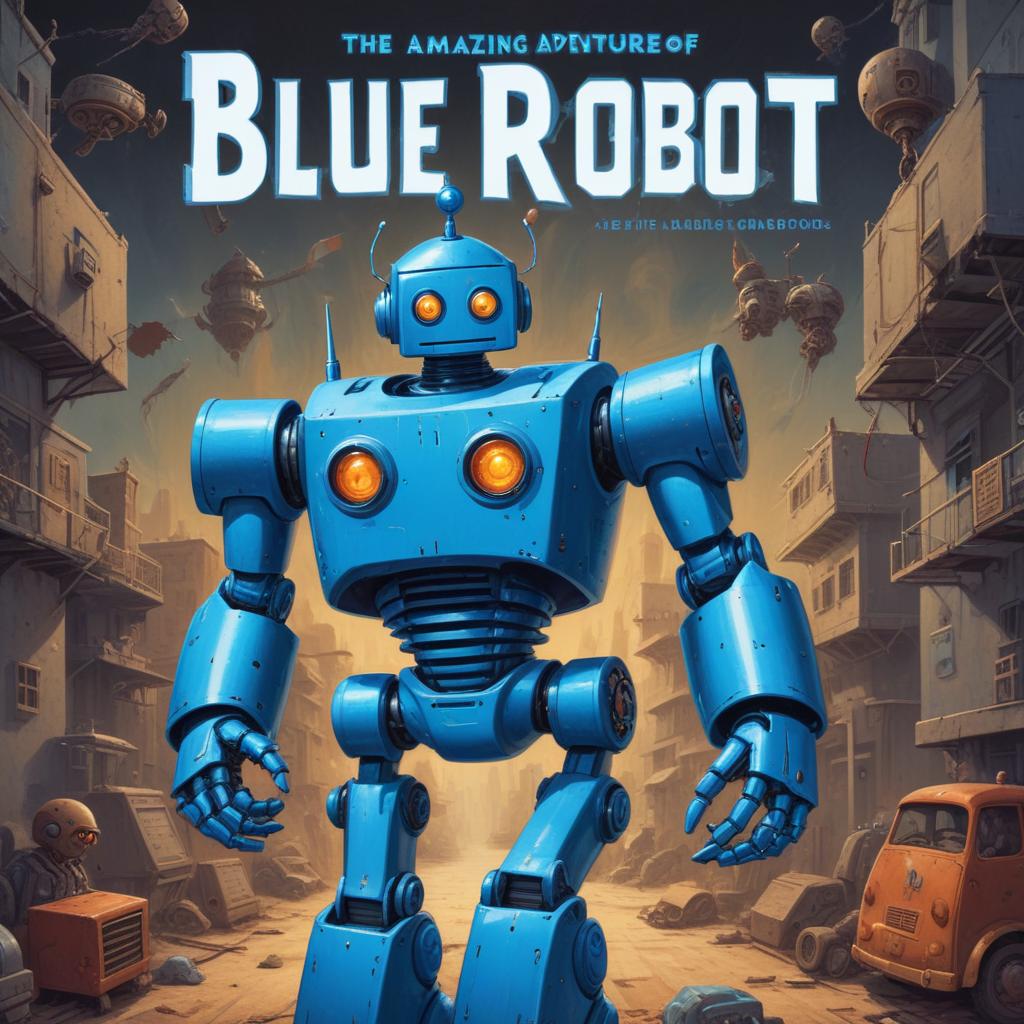
Eternity and Sustainability: Creating a timeless brand image
One of the most popular advertising strategies is to use the metaphor of eternity. Some brands tend to be associated with durability, sustainability, and continuity, which gives consumers a sense of reliability and trust. Products or companies that present themselves as "eternal"as if out of time constraints, they look solid and safe for investing time and money.
Examples of using the eternity metaphor
Rolex and timeless watches
Company Rolex uses the concept of time to create an image of class, luxury and sustainability. Their advertising campaigns often feature people who are achieving significant success, where Rolex watches become a symbol of their journey. In this case, the brand conveys the idea that products are not just an accessory, but a family heirloom passed down through generations, which strengthens the sense of connection with eternity.Coca-Cola and nostalgia
Coca-Cola For decades, he has used the metaphor of time to create associations with nostalgia. In the "Enjoy the Moment" campaign, the brand focuses on moments of joy that remain in the memory forever. Here, Coca-Cola strives to capture the feeling that the moments associated with their product are timeless and are experienced with the same emotional intensity in any generation.L'Oréal and unchanging beauty
The slogan "Because you deserve it" doesn't just emphasize the dignity of customers. Brand L’Oréal in his campaigns, he often focuses on the fact that beauty is something eternal that can be maintained for years. Here, the focus is on durability through high quality products that help keep you young and confident.
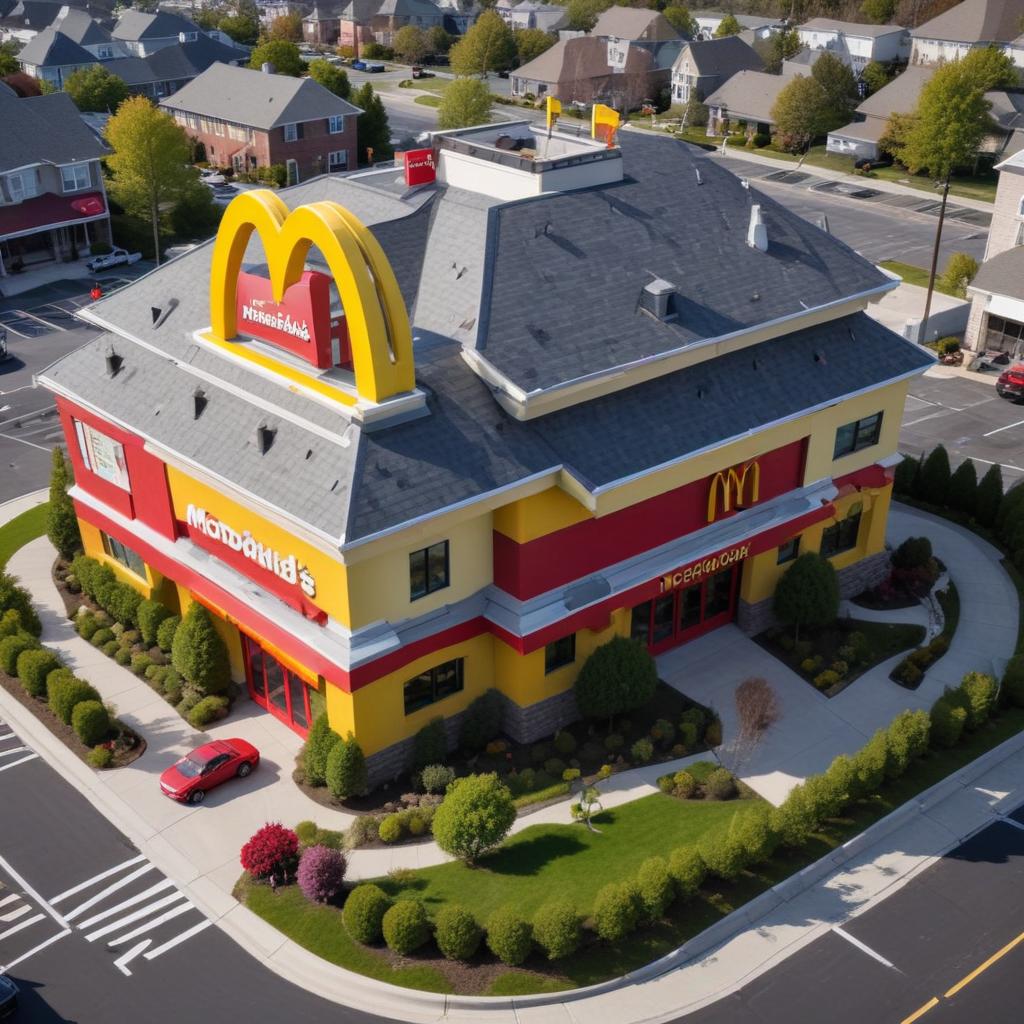
How Eternity Builds Trust
Eternity as a metaphor for time helps brands strengthen their associations with reliability and durability. If the product is perceived as something that does not age and is always relevant, it helps to create confidence in the consumer that the purchase is an investment for many years to come. Brands that use this metaphor often position themselves as leaders whose products only get better over time without losing their value.

Transience and exclusivity: a sense of the moment
The opposite approach to the time metaphor is focusing on transience, which creates a sense of urgency and exclusivity for the consumer. In advertising campaigns that use the concept of limited time, brands emphasize that the opportunity to buy a product or use a service is limited. This strategy encourages the audience to make decisions faster and engage more actively.
Examples of using the transience metaphor
Nike and the Call to Action
Slogan Nike «Just Do It» It is directly related to the feeling of transience of time. The company's commercials often emphasize that it is important to act right now in order to achieve your goals and be at the peak of your opportunities. Time is transmitted here as a limited resource that needs to be used as efficiently as possible, which creates a sense of urgency.McDonald's and limited offers
McDonald’s He often uses the metaphor of time in his limited-offer promotions, such as" this month only "or"special seasonal menu". This creates a sense of urgency for consumers, encouraging them to make a quick decision so that they don't miss out on the chance to try something unique. In such campaigns, the time metaphor is used to create the feeling that a product or experience will soon disappear.H&M and fashion collections
Fashion is an industry where time plays a key role. Brand H&M actively uses the concept of transience, offering collections that change seasonally. This approach gives consumers the idea that if they don't buy an item now, it will soon become unavailable. In this case, time is used to create demand and drive sales through scarcity.
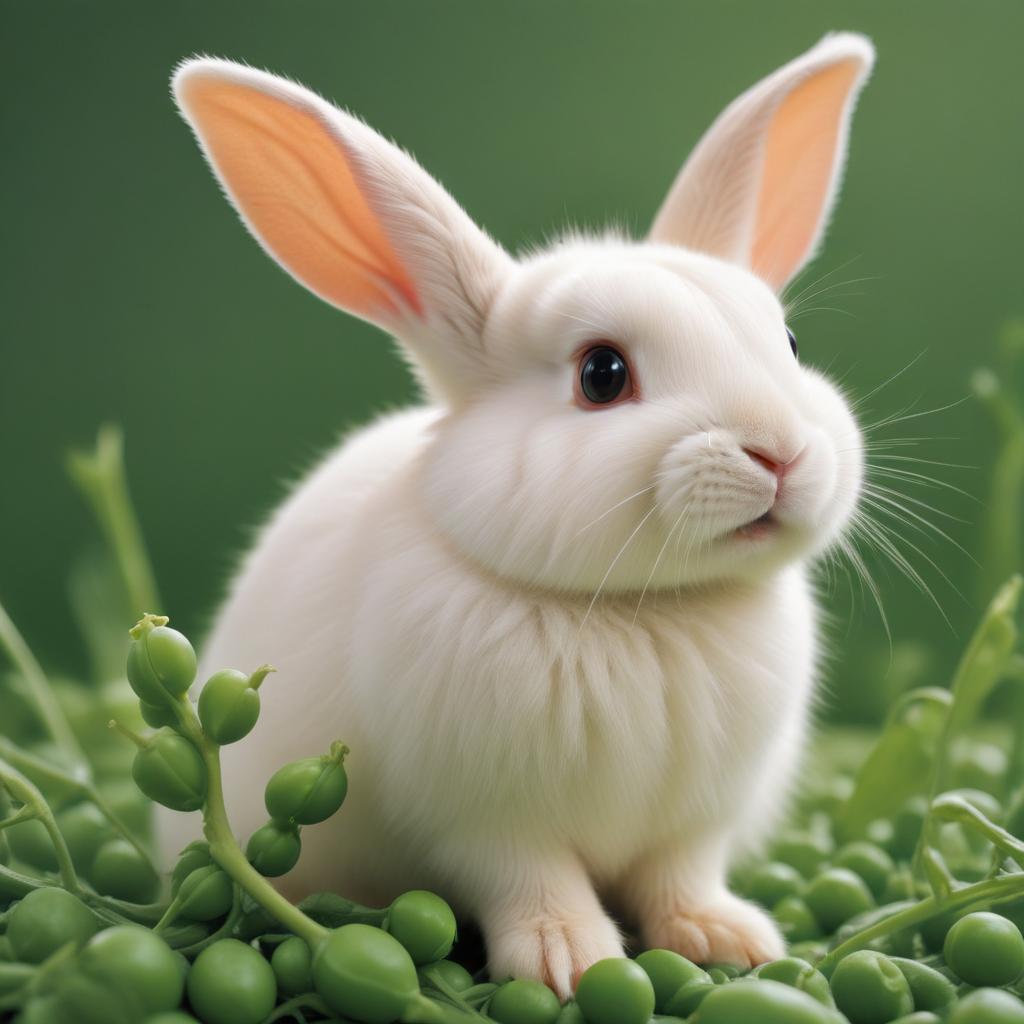
Emotional response to the metaphor of transience
When brands emphasize that time is limited, they activate consumers ' fear of Missing Out (FOMO). This psychological factor significantly increases the desire to quickly make a purchase or gain experience. In addition, the sense of transience of time helps brands convey the value of exclusivity, giving customers the impression that the product is something special, available only now.
Influence of the time metaphor on brand perception
The concept of time in advertising affects the perception of the brand, creating certain expectations and associations among consumers. When a brand positions itself through the metaphor of eternity, it tells the audience that its product will be relevant for many years to come, that it is an investment in the future. This increases the level of trust and customer loyalty.
On the other hand, using the metaphor of transience helps the brand create an emotional response and encourage immediate action. The feeling of time constraints often causes consumers to try not to miss a chance, which has a positive effect on sales and interest in the product.
Eternity and stability against transience and exclusivities
Each of these metaphors serves a different purpose. Eternity is suitable for brands that want to emphasize their reliability, tradition and quality. This is relevant for the luxury, investment, and family value segments. Transience, on the other hand, works for fashion brands, where novelty and uniqueness of the product create demand. This approach is suitable for industries where the key factor is the speed of decision-making and the desire to stay in the trend. As you have seen, the time metaphor in advertising is not such a complex concept.


